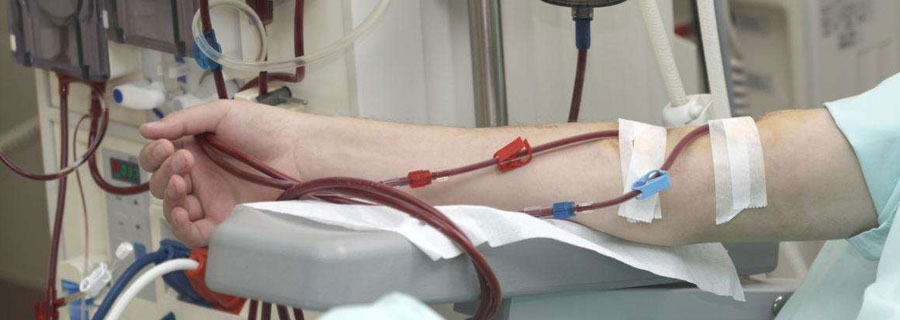Dialysis Access – Fistula and Graft

Dialysis access refers to the creation of a pathway for the removal and return of blood during hemodialysis, a treatment used for patients with end-stage renal disease (ESRD) or advanced kidney failure. Hemodialysis involves the use of a dialysis machine to filter the blood, removing waste and excess fluids before returning it to the body.
Two common types of dialysis access are fistulas and grafts:
- Fistula:
A fistula is the preferred type of dialysis access because it provides the best long-term results with fewer complications. A fistula is a surgically created connection between an artery and a vein, usually in the arm. The increased blood flow from the artery into the vein causes the vein to enlarge and become more durable, making it suitable for repeated needle insertions during dialysis treatments.
- Graft:
A graft is an alternative type of dialysis access used when a fistula cannot be created due to poor vein quality or other medical reasons. It is a synthetic tube made of biocompatible material (e.g., polytetrafluoroethylene, or PTFE) that connects an artery to a vein. The graft serves as an intermediate conduit for blood flow during dialysis.
However, grafts are more prone to complications compared to fistulas, such as infections, clotting, and narrowing (stenosis) due to the synthetic material.
Both fistulas and grafts require some time to "mature" or develop before they can be used for dialysis. It typically takes several weeks for a fistula and a few weeks for a graft to become usable.
